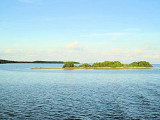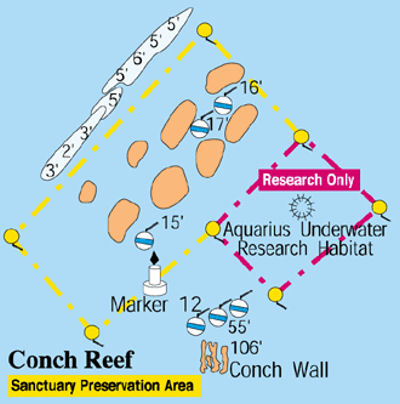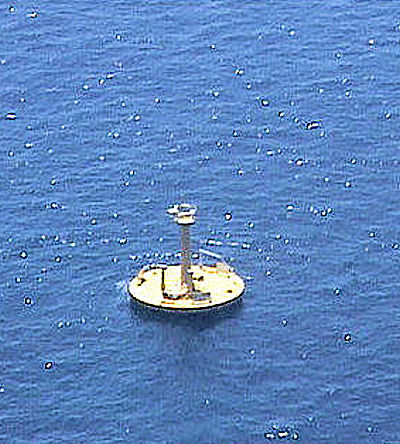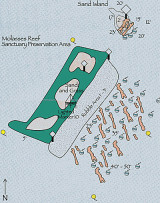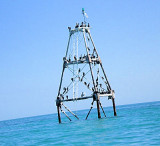
Conch Reef est l'un des systèmes récifaux les plus développés dans les Keys. Conch contient des piliers de récifs de corail rares qui fournissent un habitat idéal pour Conch. Le côté vers la mer a l'un des systèmes récifaux les plus développées dans les clés. Octocoralliaires et éponges panier sont présents sur ce site.
Le sanctuaire de préservation Area (SPA) est situé à environ 5 nm (9km) au sud de Key
Tavernier. La zone de recherche est située à environ 5 nm (9km) au sud de Tavernier et est adjacente au Sanctuaire Conch Reef Conservation Area (SPA).
La SPA est rectangulaire et recouvre une superficie d'environ 0.07nm2, soit environ 23ha. Elle s'étend de la limite la plus proche à une profondeur approximative de 13,5 m, et comprend un certain nombre de murs de récifs. La pêche avec remise à la traîne ne sera pas admise dans le CFD.
Dans la zone du marqueur #12, approximativement, se trouvent des bouées. La profondeur va de 5 m à 1,5 m.
Conch Reef est facilement accessible à partir de Key Largo et est largement utilisé par les plongeurs, avec quelques poissons tropicaux dans la zone de collecte des décombres. Il n'y a pas de conflit d'utilisateurs parce que les pêcheurs de homard opèrent loin de la zone d'activité de plongée. Les pêcheurs amateurs occupent le récif de 48 à 54 m d'eau.
La SPA est adjacente à une zone spéciale d'utilisation désignée comme "la recherche seulement qui fournira un espace pour le laboratoire sous-marin Aquarius à la recherche. Les limites de la seule zone de recherche se rapproche de l'actuelle zone désignée" aucune ancre " pour le laboratoire sous-marin
Aquarius, l'entrée est interdite.
